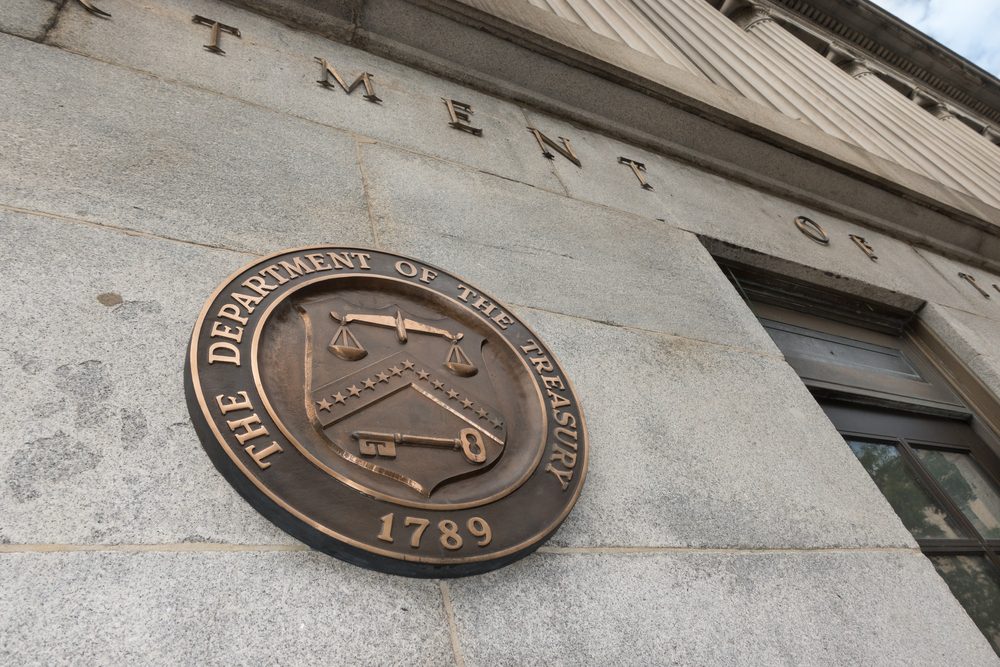A powerful new Chinese Communist party commission created to regulate the country’s financial sector and direct economic policy has stepped up efforts to recruit nearly 100 officials ahead of a landmark leadership meeting next week.
The Central Financial Commission, which President Xi Jinping announced in March, will serve as the de facto watchdog, planner and decision maker for China’s $61tn financial sector, weakening the power of state institutions such as the People’s Bank of China and China Securities Regulatory Commission.
China’s ruling party is rushing to staff the commission, which has quietly begun operating ahead of the National Financial Work Conference, a quinquennial gathering that sets the agenda for financial sector reform, according to four people familiar with the matter. The two-day, closed-door conference starts on Monday.
The CCP has in recent weeks circulated recruitment notices to staff in state institutions, according to two people who have seen the notice.
The new commission is the latest indication of how Xi is seeking to govern through special CCP organs, over which he can more easily assert influence, while diminishing longstanding government institutions.
It will also empower Xi and his close allies to strengthen control over the financial sector as Beijing seeks to orchestrate a sweeping deleveraging of China’s huge real estate sector, shore up the finances of indebted local governments, which for decades relied on revenue from property development, and clamp down on speculation and corruption.
The commission is recruiting party cadres from existing state financial watchdogs such as the PBoC, the National Administration of Financial Regulation, the National Development and Reform Commission, a planning body, and the finance ministry, people said. In March, the party signalled that it planned to complete its regulatory overhaul by the end of 2023.
The absence of a single regulator and policy-setting institution has in the past made it difficult for Beijing to control new financial business models such as the micro-lending and payment platforms developed by internet billionaire Jack Ma’s Ant Group before a 2020 crackdown that forced him to cede control this year.
Experts said the commission could act more quickly to close regulatory loopholes in areas such as shadow banking and peer-to-peer lending.
In a sign of the importance attached to financial sector reform, Xi on Tuesday visited the PBoC and the foreign exchange regulator for the first time since he became president a decade ago, two people who witnessed his visit said.
The party’s more active role is likely to deepen the opacity of China’s financial system governance, and some observers fear it will undermine state institutions by intervening directly in the sector.
“Party oversight of China’s financial system . . . will become far more centralised and controlling, in line with the ways in which the party itself and economic governance have changed already,” said George Magnus, an associate at Oxford university’s China Centre.
“The temptation to intervene in capital and credit allocation, whether arising from risk or management failure, or from political directive, is likely to be elevated,” he added. “These features do not augur well for China’s financial stability or economic prospects.”
Wang Jiang, a veteran state banker, has been appointed executive deputy director of the office of the commission, reporting to He Lifeng, a vice-premier and Xi’s new economic tsar, the people familiar with the new body said.
Victor Shih, professor of Chinese political economy at the University of California, San Diego, said businesses should expect to be affected by the commission, which will have the final say on important deals including major mergers and joint ventures.
Shih said the commission would also control mid-level state financial sector personnel appointments and the regulations applied by government agencies.
State institutions such as the central bank have already suffered a decline. Since August, the chairs of some state banks have in effect outranked the PBoC governor in the Communist party hierarchy.



























